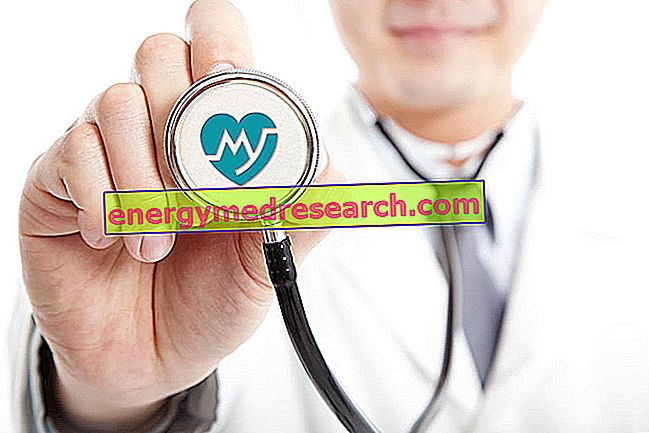Premise
All the information reported in the article is provided by the production company of the intravenous laser ; not having found further investigations or experiments of an impartial type that demonstrate or test what has been described, the following article must be understood as a simple review of the knowledge acquired by consulting the information material of the specific company.

General information on the intravenous laser
The intravenous laser is a latest-generation vascular healing method that uses a low-power laser instrument; the intravenous laser is applied by inserting an intravascular optical fiber by means of an agocannula, similar to a small intravenous catheter.
The mechanism of action of the intravenous laser exploits the action of a photonic infusion device which acts more or less intensely on the circulation based on two adjustable parameters: wavelength and energy intensity.
Intravenous laser applications
Although the intravenous laser does not include risks of a chemical-pharmacological or autoimmune nature, its use must still be well-weighted according to the intervention to be performed, regulating both the wavelength and the intensity of the energy.
The pathologies to be treated with the intravenous laser can be grouped according to the specific wavelength of the process; respectively:
- Chronic cerebral stroke and ischemia (cerebro vascular diseases)
- Ischemic heart disease and arterial hypertension (cardio vascular diseases)
- Asthma, chronic bronchitis and emphysema (lung diseases)
- Rheumatoid arthritis (autoimmune pathology)
- Chronic pancreatitis and peptic ulcer disease (gastrointestinal diseases)
- Diabetes Mellitus (endocrine pathology)
- Allergies
- Neurological suffering
Intravenous laser action mechanism
The mechanisms of action of the intravenous laser are based on a simple concept but at the same time not widespread or considered: the photosensitivity of hemoglobin (Hb - protein containing the "heme" group, therefore iron, enclosed in red blood cells). This transport protein reacts physically to the photons of the intravenous laser, increasing oxygen transport (but not only); it is therefore easy to understand how a similar mechanism can benefit the organism if it is affected by respiratory diseases and / or blood circulation.
Hemoglobin is NOT the only photosensitive molecule; in the same way, some enzymes such as AMP kinase, cyclooxygenase and cytochrome p450 react to the laser. Substantially, therefore, this technique causes an improvement in the microcirculation and an activation of the detoxifying capacities of the organism, for example improving the parameters of liver function in case of suffering of the liver.
Having clear what is the cellular mechanism to be solicited for the cure of the specific disease, it is sufficient to apply the intravenous laser penetrating the superficial tissues and affecting those concerned with the necessary wavelength and energy intensity.
We also remember that, from the outside, the laser can reach the vascular system only through wavelengths and high intensities (infrared), while using the intravenous laser it is possible to obtain a higher efficacy even with less intense light (reducing side effects). ).
Intravenous laser technical procedure
The procedure for the application of the intravenous laser can be summarized in a few steps:
- Insertion of the agocannula into the vein of the arm
- Single-use optical fiber connection to the laser device
- Insertion of the optical fiber into the agocannula, down to the vein in the arm
- Depending on the therapeutic need, choice of laser wavelength: 405nm, 535nm, 632nm and 810nm (colors red, green, blue, etc.)
Duration of treatment: approximately 30 '.
If the above has theoretically had the same practical implications in medical care, the intravenous laser could acquire considerable importance in the treatment of numerous pathologies and especially vascular diseases with related tissue complications.



